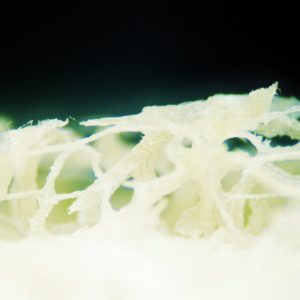I am trying to write my final blog and I just can’t seem to keep any structure or flow, so this blog will be a collection of thoughts, or an unorganized final post…depending on how you look at it.
I am about a week away from finishing up my internship here in Farmington, New Mexico and I am not sure what to make of it. I am excited to head back to Seattle and to see the people that are close to me, but I am also hesitant to leave this place. Throughout the last 6 months I have grown to love the landscape and wildlife of the Four Corners. All of my experiences here have been absolute contrasts of living in the Pacific Northwest and have given me a wonderful perspective on life in the Southwest.
Thunderstorms out here are awesome.
I was born in Casper, Wyoming and spent a good chunk of my childhood visiting my grandparents and family in the mid and southwest. I remember growing up and noticing all of the subtle differences between there and home. The dry air, the smell of sagebrush, the hot days and the cool nights engrained this sense of calmness in my mind. I suppose it wasn’t too much of a surprise to feel this sensation rushing back as soon as I came to Farmington. Looking at it now, it made a huge difference; leaving everything behind and coming here with a roadbike and the clothes in my camping sack would seemed intense and stressful, but it wasn’t. I felt reassured that everything would work out. I realize now, this calmness made work wonderful from the beginning and nothing really changed after that.
Best collection: Lupinus caudatus. We decided to try and tie cloth bags around the seed pods and wait for them to dehisce and pop. We tied 100 bags around a population on a small mountain meadow and it totally WORKED! We collected the seeds a couple of weeks later by clipping the stems and pouring the seeds out.
The work itself seems more like a lifestyle than a task that spans 8 hours a day. I lived this job for 6 months.
Worst collection: Lupinus brevicaulis. Our first collection, we picked the seeds off the ground in the badlands, painstakingly for two work days.
Most memorable moment: driving through rolling plains towards Chaco Mesa. Along the way, 3 herding dogs caught site of our large white truck, that I suppose could resemble a very laaaaarge sheep. They followed us in the distance for a few miles, sprinting over large hills and cascading down gullies. I kept thinking we lost them, until they popped up over the next hill. They finally caught up with the truck and we slowed down. With endless land to roam and a herd to look after, these dogs were the happiest ones I’ve ever seen.
It is always really fascinating to me how my own perceptions of things change after experiencing them. To vividly remember what I thought this internship would be like before I arrived, and how it was after I left. To compare these two different worlds and to see where they come together. I think it can tell a lot about a person’s expectations, hopes and predictions. The shape of things to come, then the shape of things that pass.
Thank you Krissa, Marian, Sheila and anyone else for this opportunity. You have changed my life.
Anthony Wenke










